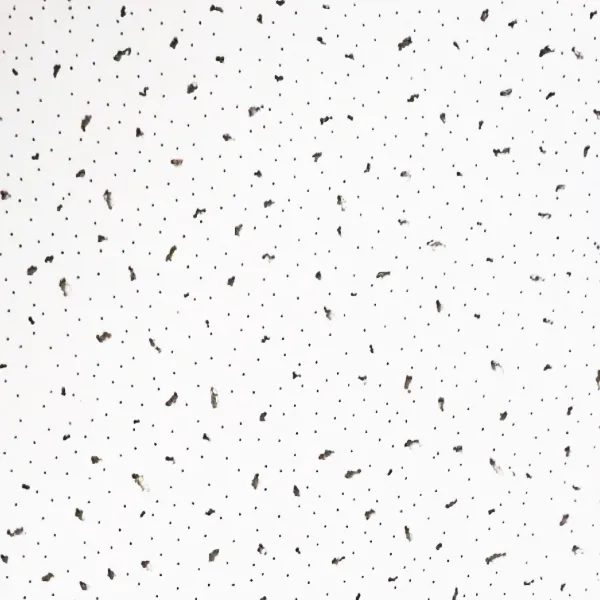- Afrikaans
- Albanian
- Amharic
- Arabic
- Armenian
- Azerbaijani
- Basque
- Belarusian
- Bengali
- Bosnian
- Bulgarian
- Catalan
- Cebuano
- Corsican
- Croatian
- Czech
- Danish
- Dutch
- English
- Esperanto
- Estonian
- French
- German
- Greek
- Hindi
- Indonesian
- irish
- Italian
- Japanese
- Korean
- Lao
- Malay
- Myanmar
- Norwegian
- Norwegian
- Polish
- Portuguese
- Romanian
- Russian
- Serbian
- Spanish
- Swedish
- Thai
- Turkish
- Ukrainian
- Uzbek
- Vietnamese
kol . 07, 2024 14:50 Back to list
Comparison of Gypsum Board and PVC Ceiling Options for Home Interior Design Choices
Gypsum Board vs PVC Ceiling A Comparative Analysis
When it comes to interior design and construction, choosing the right ceiling material is crucial. Two popular options in the market are gypsum board and PVC ceiling. Each material has its own set of advantages and disadvantages, and understanding these can help homeowners and builders make informed decisions suitable for their specific needs.
Gypsum Board An Overview
Gypsum board, commonly known as drywall, has been a staple in construction for many years. Made from gypsum plaster sandwiched between two sheets of paper, gypsum board offers a smooth finish and is relatively easy to install. It is highly versatile and can be used in various applications, including residential homes, commercial buildings, and even in partitions.
One of the primary advantages of gypsum board is its fire resistance. It can endure high temperatures, making it a safer option in situations where fire hazards might be a concern. Additionally, gypsum board is excellent for sound insulation, providing a quiet environment when installed correctly. Its ability to be painted or finished in various styles allows homeowners creative freedom to enhance their interior aesthetics.
On the downside, gypsum board is susceptible to moisture. If exposed to water, it can swell and lose its structural integrity, leading to potential issues like mold growth. This drawback makes gypsum board less suitable for areas with high humidity, such as bathrooms or kitchens unless moisture-resistant variants are used.
PVC Ceiling An Overview
gypsum board vs pvc ceiling

PVC (polyvinyl chloride) ceiling panels are a modern alternative that have gained popularity in recent years. They are lightweight, easy to install, and available in numerous colors and designs, making them an attractive option for many interior spaces. PVC ceilings are especially well-suited for wet areas, as they are completely waterproof, mold-resistant, and do not warp or degrade when exposed to humidity.
One of the standout features of PVC ceilings is their low maintenance requirements. Unlike gypsum board, PVC panels do not require painting and can be easily cleaned with a damp cloth, ensuring they maintain their appearance over time. They are also environmentally friendly, as many manufacturers offer recycled options.
However, PVC ceilings come with their own set of disadvantages. While they are resistant to many environmental factors, they are not inherently fire-resistant. For this reason, it’s vital to check the fire safety ratings of the specific PVC products being considered. Additionally, PVC ceilings can sometimes appear less elegant compared to traditional gypsum board if not chosen carefully, as their plastic aesthetic may not suit all design preferences.
Conclusion Making the Right Choice
Ultimately, choosing between gypsum board and PVC ceiling depends on the specific needs of the space in question. For areas that require fire resistance and superior sound insulation, gypsum board may be the ideal choice. In contrast, for spaces that are prone to moisture and require a low-maintenance solution, PVC ceilings could be more appropriate.
Homeowners and builders should also consider the overall aesthetic they wish to achieve, as well as the long-term durability and maintenance of the material. By weighing the pros and cons of each option, individuals can make a more informed decision, ensuring their ceilings not only meet functional requirements but also enhance the beauty of their interiors.
-
Transform Interiors with PVC Gypsum Ceiling: A Stylish, Durable, and Moisture-Resistant SolutionNewsMay.19,2025
-
The Smart Interior Upgrade: Discover the Durability and Versatility of Gypsum Ceiling Access Panel SolutionsNewsMay.19,2025
-
The Smart Choice for Interior Design: Discover the Value of PVC Gypsum Ceiling SolutionsNewsMay.19,2025
-
Mineral Fiber Ceiling Tiles: The Smart Blend of Performance and AestheticsNewsMay.19,2025
-
Mineral Fiber Ceiling Tiles: The Superior Choice Over Gypsum for Sound and Fire SafetyNewsMay.19,2025
-
Mineral Fiber Ceiling Tiles: Eco-Friendly Strength and Style for Every CeilingNewsMay.19,2025







